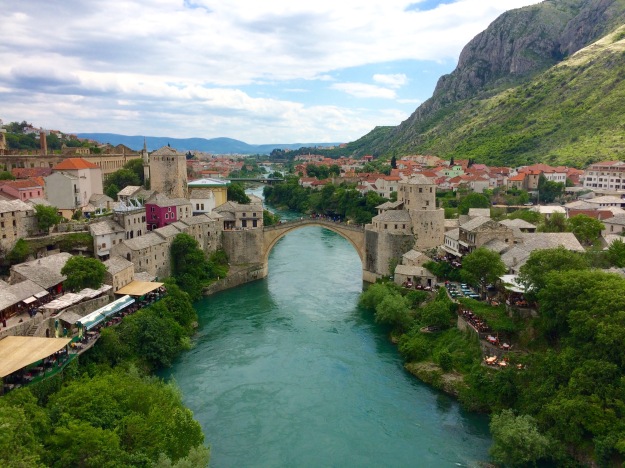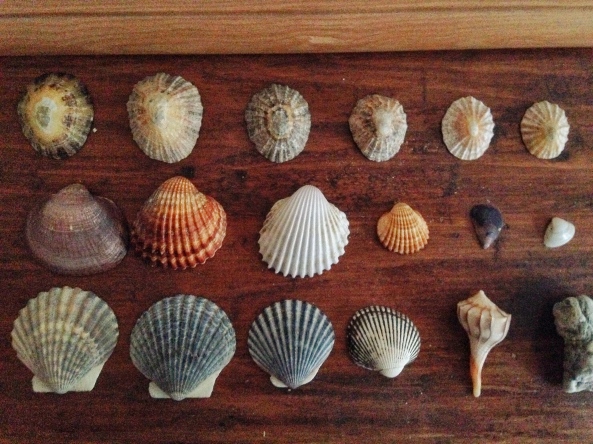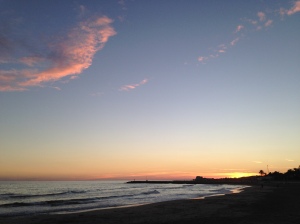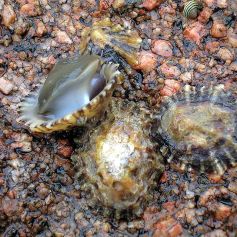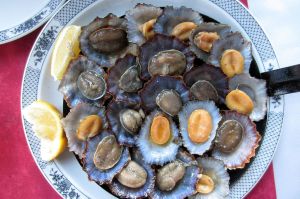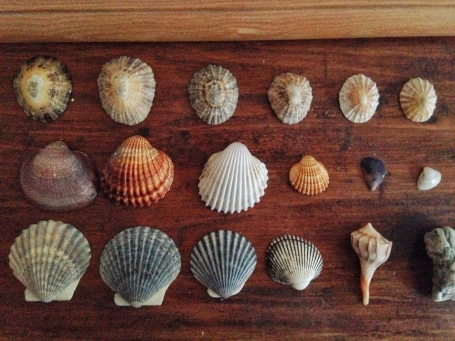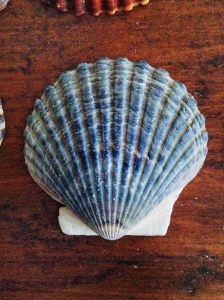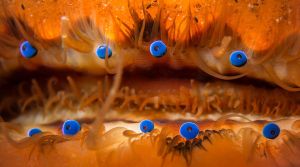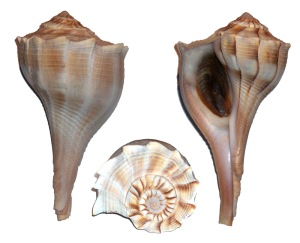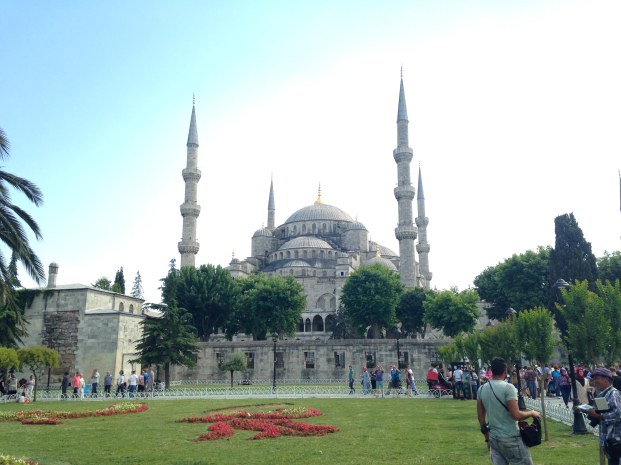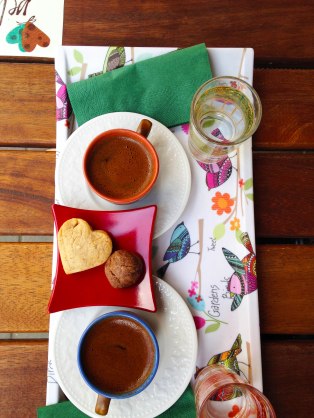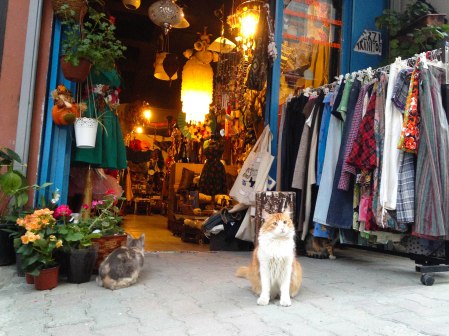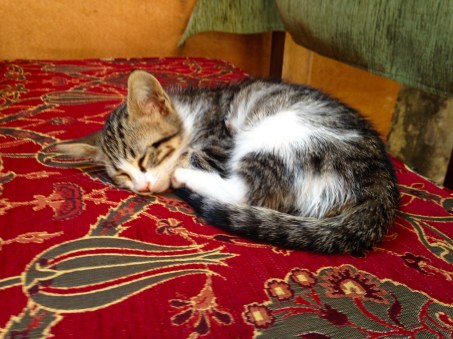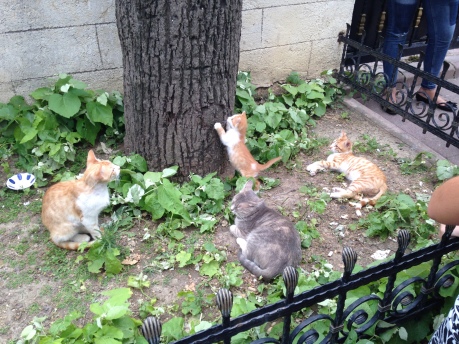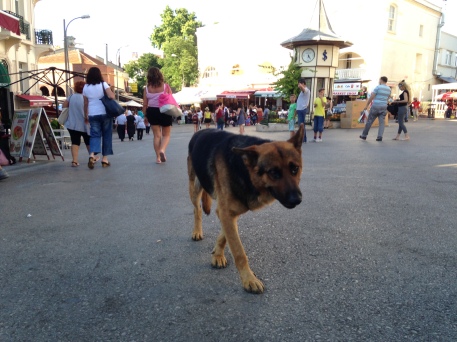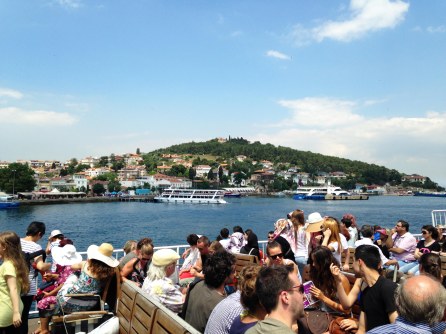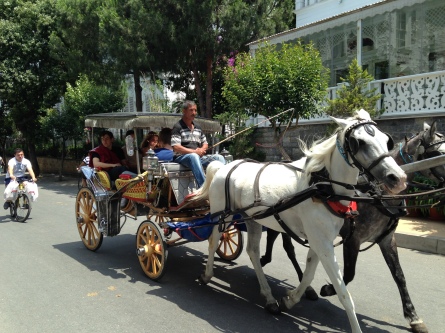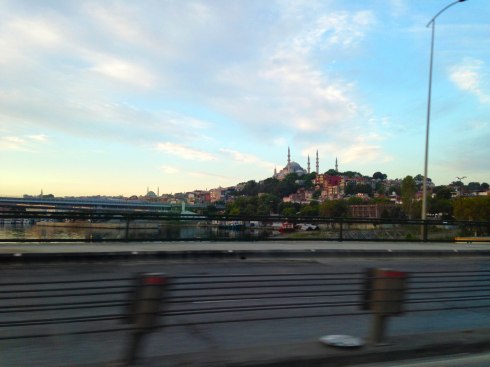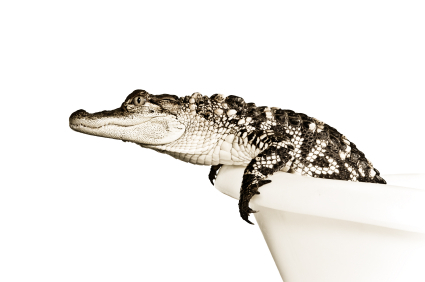
This story involves french tourists, a sewing circle, a high school marching band and alligators in bathtubs. This is a story told by and experienced by Robert Krulwich, of NPR and the Radiolab podcast (highly recommended!).
Robert was a reporter for a major news organization back in the 90s, and as always was chasing his singular and peculiar passions in his work, much to the chagrin of his editor. But on this particular day he was traveling by plane from one city to another, covering some story or other. He sat next to a man, introduced himself and found himself talking about the fine art of golf ball retrieval.
In order to retrieve golf balls from a Florida golf course you would often have to wade into water holes. This was often made particularly exciting by the alligators already inhabiting those water holes, and turned a routine profession into something with a little more bite. As a direct result of this business the man on the plane, who later was discovered to be a huge name in the business, had a unique collection of freshwater alligators in his basement. The Mrs didn’t approve I’m sure.
In fact, one night a flock of Mrs’s were having a very polite sewing circle meeting on the floor above and a new woman rang the doorbell. It was her first night there and there was no doubt much hubbub and commotion over a new joining member. She set up her personal, antique, Singer sewing machine, turned it on and it started to hum a neat B flat.
The reason I know the tuning of this particular antique Singer sewing machine is that the resulting ROAR heard from the basement, from the large collection of alligators in bathtubs, definitely made an impression on the ladies. Apparently the Bb from that machine offended the animals below, and they all let loose in a resounding chorus of growls.
Now a normal person would say, “that’s a neat story”, but Robert Krulwich is no normal person. No, he had to get to the bottom of this! He put an experiment of sorts into motion, leveraged his editor and a camera crew to travel to the Florida swamps with nothing short of the local high school marching band.
They pulled up in the bus, got out with all the flair, feathers and filigree of a high school marching band and every instrument was instructed to play a resounding Bb into the swamp while on camera. All of the anticipation, excitement and feathers collectively drew a breath, played, and immediately nothing happened at all. Reality and ridiculousness became inescapable, and self-respect was ebbing.
Good thing a French family had been passing through this particular wetland area, had watched the spectacle and then got to talking to the crew because the man recognized a crucial point. The alligators, in the basement of the sewing circle’s house, had been in bathtubs! The porcelain no doubt amplified the sound, irritated the gators and caused the result.
So the whole crew, marching band and french tourists included, packed up and drove down the road to an outdoor aquarium, where several hundred alligators were kept in concrete pens. With the same flair for drama the band once again paused for breath, and played a billowing Bb, which was quickly followed by lots of bubbles.
It seemed like the whole pool was full of bubbles. (This was later discovered to be the alligators shaking and taking a deep breath of their own). Then RAAAAAAAR!!!! The landscape erupted in alligator bellows and a sense of excitement and relief flooded through all attending. A roar from the crowd and a wonderfully unique story later, there you have it. Alligators don’t like Bb. I’m not sure why, or for that matter that they should be kept in bathtubs, but that’s another story.
Here’s some people playing Tubas at alligators: https://www.youtube.com/watch?v=UOvI7zl22wQ
Here’s the Radiolab episode of this story: http://www.radiolab.org/story/happy-birthday-bobby-k/



